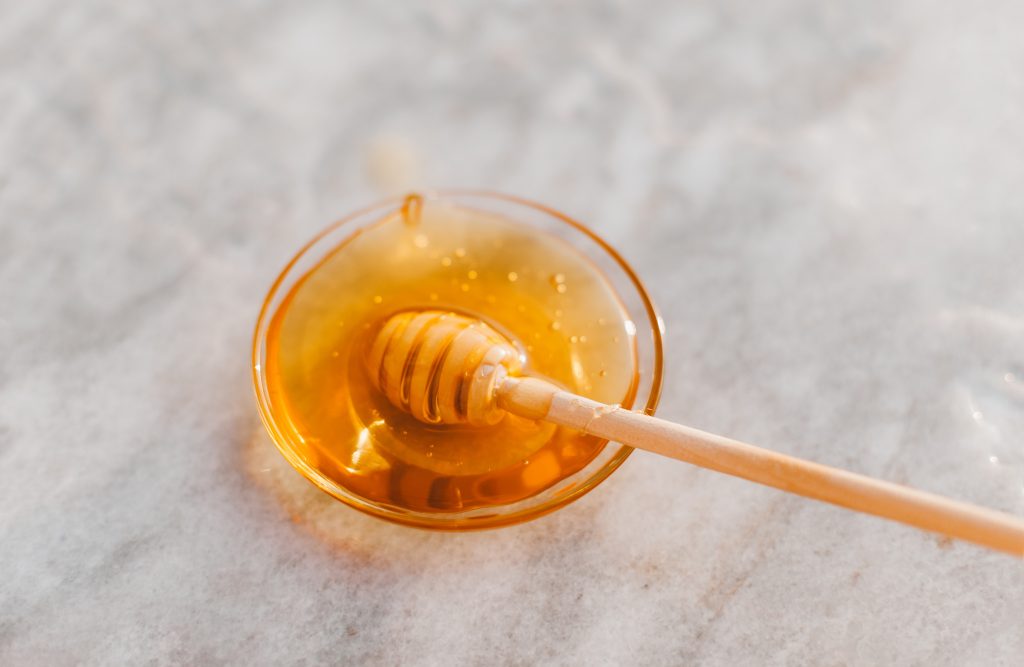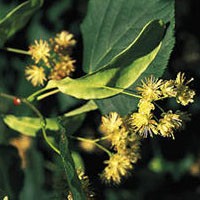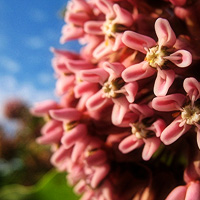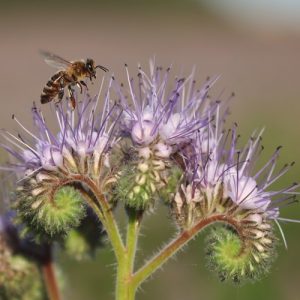Facts About Honey

Honey is an excellent invigorative and roborant agent. The sugars - fructose and glucose - are rich in minerals, vitamins, ferment and hormone materials. With its regular consumption several diseases can be prevented or cured.
Honey consists of 80% glucose and fructose, water accounts for 18% and only the remaining 2% are made up of saccharine. Of all types sugar glucose is the most valuable one, which gets absorbed directly from the intestines. It has positive impact on blood circulation, myocardial function and digestion.
Alongside with these benefits it detoxifies, increases appetite and improves blood hemoglobin levels. Its energy level is lower than sugar’s, only 320 kcal/100g. Contrary to common belief it neither fattens nor causes dental decay. Its acidic effect makes up for the lack of gastric acid in the stomach. It contains diverse types of vitamins, B, K, C and trace elements. Mixed with warm – but not hot – tea honey is a natural antidote to upper respiratory diseases and infections.
Authentic, natural honey crystallizes. Crystallization does not influence the chemical properties of honey, only its consistence changes. Opposite with this, faked honey’s quality can deteriorate easily. To regain the original consistence of honey you should only place the jar into warm water of 40-50 Degrees Celsius. Good quality honey does not ever deteriorate.
Central European Honey Types
Many people expect the same taste from the same kind of honey but because it is produced naturally, its flavour and colour differ every year. It mostly depends on the weather and of course on the plant but same kind of flower from a distant region can make a difference to the flavor as well. That is why the same type of honey from other beekeepers will not provide the same experience. Now you can see why it is so hard to describe the flavour of honey.
Take my advice and choose the one that best corresponds to your taste!

Mixed flower honey is golden yellow and gets darker with time. Transforming it into cream honey makes for a wonderful delicacy.
It’s excellent for cooking and a good cordial as well.
It’s a must for people with sensitive stomach!

Acacia honey has a harmonious taste. It is sweet, mellow, less acidic compared to other honeys and its taste is as luscious as the acacia flower. Its colour ranges from light yellow to almost colourless.
It contains a significant amount of fructose and can therefore stay liquid for a very long time. It is also very good at sterilizing and is recommended for curing coughs.

Linden honey. Although its colouration depends on the time of collection, differing from the beginning of the flowering season to the end, its taste is very revealing.
It is commonly used for spicing dishes and wine, giving them strong character. It is also used to relieve fever and muscle cramp.
Limited Quantity Available

Chestnut honey is famous for containing the highest level of minerals of all honeys. It has a yellowish-brownish colour and is scented by its flower.
Its smooth sweet bitter aftertaste makes it.
Limited Quantity Available

Canola honey is yellow in colour and even though the fresh honey is liquid, it becomes hard (like butter) relatively quickly and changes its shade to white BUT never loses its enjoyable taste.
It contains very little natural acid therefore it serves as a remedy for people with stomach problems.
Limited Quantity Available

Silkweed flower honey is known in Latin as Asclepias Syriaca’s nectar.
It is a real condiment honey with a pleasing strong scent and taste.
It is excellent for spicing raw dishes, oh my god, what a taste?! It's a real 'HUNGARICUM'!
Limited Quantity Available

Phacelia is a species of phacelia known by the common name lacy phacelia.
It’s light scent and colour bring back the flavor of the phacelia pollen’s character. It stays liquid for a while. Fine delicacy just as it is.


